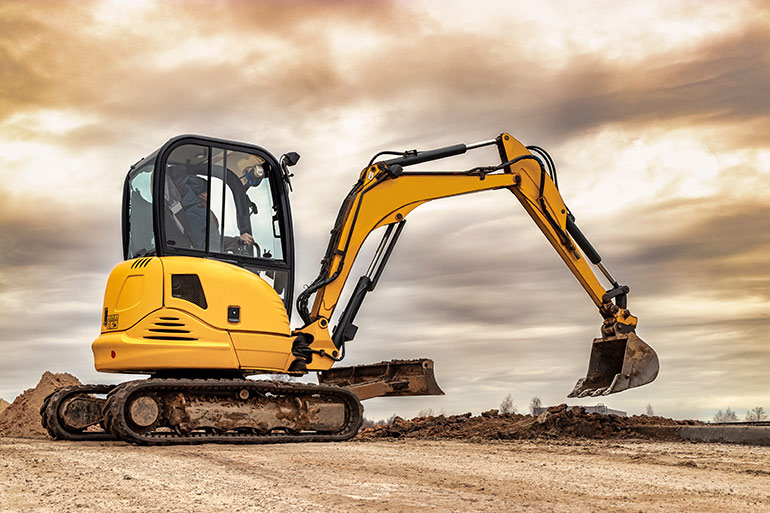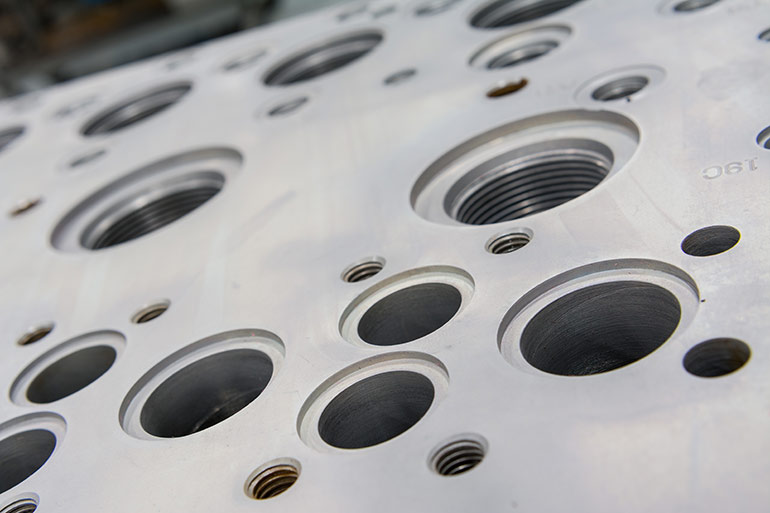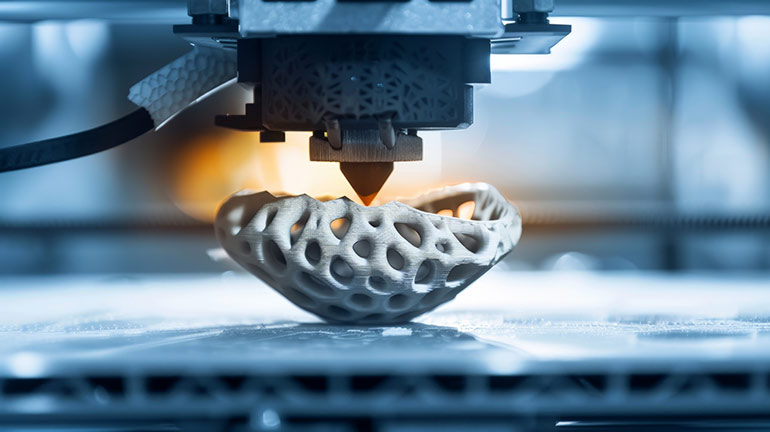By Josh Cosford, Contributing Editor
One of the few disadvantages of hydraulics is the mass added to components capable of withstanding thousands of pounds of pressure. Of course, the raison d’ệtre of hydraulics is the transfer of pressurized fluid to achieve work. But do high-pressure components have to be high mass, especially on mobile machines? No — so let’s explore 7 ways to reduce weight on mobile hydraulic machines.

- Run higher pressure. When you have a target force or torque from an actuator, you can achieve that force by running smaller components at higher pressure. Of course, those components need to be designed for higher pressure, but they’re out there and easy to find. A smaller 6,000 psi motor with the same torque as a 3,000 psi motor will weigh less for the same output.
- Use high-strength steel tubing to run higher pressure from the same size material. Rather than run thicker wall tubing to increase pressure capacity, high-strength steel tubing provides that same advantage at less mass per foot of material.
- Use aluminum components to replace steel. For typical 6000-series aluminum, you can achieve half the weight for pumps, valves and manifolds compared to steel. You definitely can’t increase pressure in this circumstance since aluminum hydraulic components are typically only rated for 3,000 psi, but it’s a solid choice for overall weight savings.That being said, using high-strength 7000-series aircraft aluminum will raise the pressure bar to the 3,500-4,000 psi range while still offering that weight saving advantage. Just close your eyes when your accounting team asks about the invoice.

Hydraulic manifolds allow designers to reduce system complexity and weight be eliminating some plumbing and extra components.
- Use integrated circuits. Instead of plumbing an entire system with inline bodies and components, custom hydraulic manifolds should be created. These bring all the components to one convenient location, reducing plumbing while often increasing performance. Again, these are common in aluminum, but for high-pressure applications, materials such as 4140 steel will still reduce plumbing requirements on such systems.
- Employ advanced technology. This one could get pricy but look into AI-generated designs with 3D-printed bodies and housings (Figure 1), which use their shockingly organic designs to provide the ultimate combination of strength and lightness. This technology has already been successfully employed in exotic hypercars and ultra-luxury vehicles.

Using advanced technology such as AI and 3D printing, can allow you to reimagine system design. Image generated by Adobestock AI.
- Reduce fluid volume. Let’s face it: hydraulic oil isn’t light, especially when your reservoir might hold hundreds of gallons of oil. Reducing hydraulic reservoir volume reduces vehicle weight, but you must make provisions to ensure your machine remains cool and reliable. Part of the responsibility of a reservoir is to allow cooling, particle settling and air bubble separation. Your system must be efficient and clean to take advantage of this recommendation.
- Reduce system complexity. If you take an advanced machine such as an excavator, you’d be shocked by the size and quantity of valves, pilot lines, pumps and actuators. All these are very important for efficient technologies such as load sensing and flow sharing. But rather than a giant (or two) piston pump with controls out the wazoo, switching to an electronically controlled pump reduces the number of shuttle valves, pilot lines, and other traditional components and replaces them with lighter sensors and wires.The requirement for strong and resilient pumps, valves and actuators in mobile hydraulics will never fade, but we can make intelligent and forward-thinking decisions to reduce weight on mobile hydraulic machines while maintaining or even improving performance.
Filed Under: Engineering Basics, EV Engineering, Featured, Mobile Hydraulic Tips, Trending